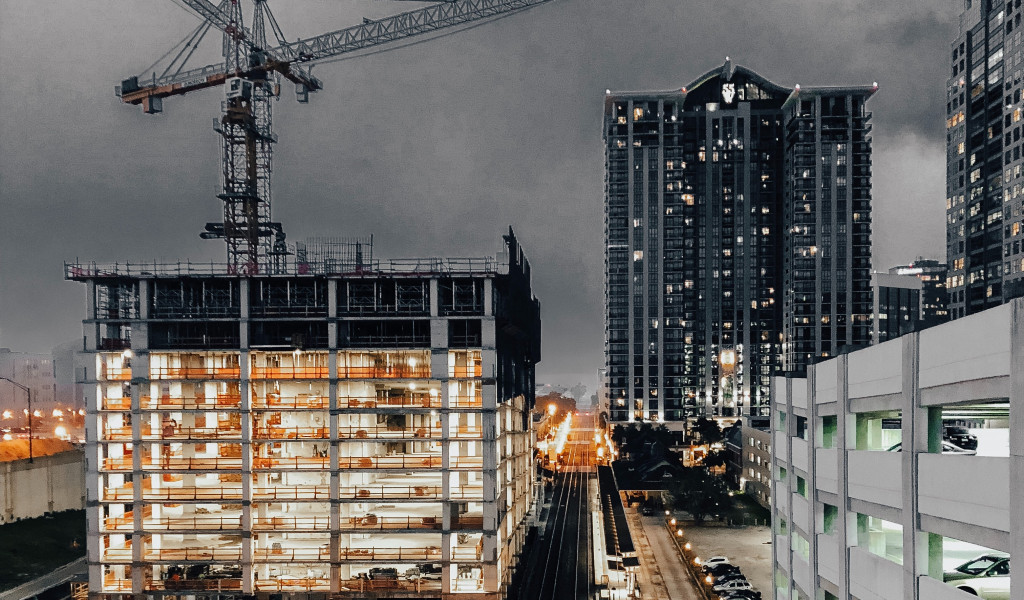
Building For Success: Navigating The Complexities Of Commercial Property Construction
Building or renovating a commercial property can be a complex and time-consuming process, but with the right planning and execution, it can be a worthwhile investment. Whether you're constructing a new building or remodeling an existing one, there are several key steps that you'll need to take to ensure that your project is a success.
The first step in building or renovating a commercial property is to develop a detailed plan. This plan should include information on the size and layout of the building, as well as the materials and finishes that will be used. It's also important to consider factors such as zoning and building codes, as well as the needs of your target audience. For example, if your property is going to be used as a retail space, you'll want to make sure that it's easily accessible and visible from the street. If it's going to be an office building, you'll want to ensure that it has enough space and amenities to accommodate employees and clients. Additionally, it's important to consider the long-term sustainability and energy efficiency of the building.
Once you've developed a plan, you'll need to secure the necessary financing. This may involve obtaining a loan from a bank or other lender or seeking out investors. It's important to have a clear understanding of the costs associated with your project and to budget accordingly. You'll also need to make sure that you have enough cash flow to cover the costs of the project as it progresses. This can be done by getting a construction loan or by using a combination of equity and debt financing. It's also important to have a clear and realistic timeline for the project and to be able to show potential lenders that you have the experience and resources to complete the project on time and within budget.
Next, you'll need to secure the necessary permits and approvals from local authorities. This may include zoning permits, building permits, and other approvals required by your municipality. It's important to be familiar with the local regulations and to work closely with your architect, contractor, and other professionals to ensure that your project is in compliance. This can be a time-consuming and sometimes frustrating process, but it's essential to ensure that your building meets all safety and health codes and that your project is legal.
With the permits in hand, you can begin the construction process. This may involve hiring a general contractor to oversee the project, or working with a team of subcontractors. It's important to carefully select and manage your contractors and to keep a close eye on the project to ensure that it stays on schedule and within budget. It's also important to have regular meetings with your contractors to review the progress and discuss any potential issues. This will help to keep the project on track and to avoid any delays or cost overruns.
As the construction process progresses, you'll need to make important decisions about materials and finishes. This may include choosing flooring, lighting, and other fixtures, as well as selecting paint colors and other finishes. It's important to make informed decisions that will not only look great but also stand the test of time and wear. You'll also want to pay attention to the quality of the materials you are using, as this will affect the lifespan of the building and the comfort of the people using it. It's also important to consider the aesthetic appeal of the finishes, as this can have a significant impact on the overall look and feel of the building.
Finally, when the construction process is complete, you'll need to focus on the finishing touches. This may involve landscaping, signage, and other elements that will help to create a welcoming environment for your customers. With a little bit of planning and attention to detail, you can create a commercial property that is functional, attractive, and sure to be an attractive asset to any prospective buyer.
Building or renovating a commercial property is a complex process that requires careful planning, financing, and permits, and begins with developing a detailed plan that takes into account factors such as the size and layout of the building, materials and finishes, zoning and building codes, and the needs of the target audience. Financing is then secured through loans, investors, or a combination of equity and debt financing. Securing the necessary permits and approvals from local authorities is essential to ensure compliance with safety and health codes. The construction process involves hiring a general contractor or a team of subcontractors and making important decisions about materials and finishes. The finishing touches such as landscaping and signage are added to create a welcoming environment for customers. With careful planning, attention to detail, and compliance with regulations, a commercial property can be a successful investment.